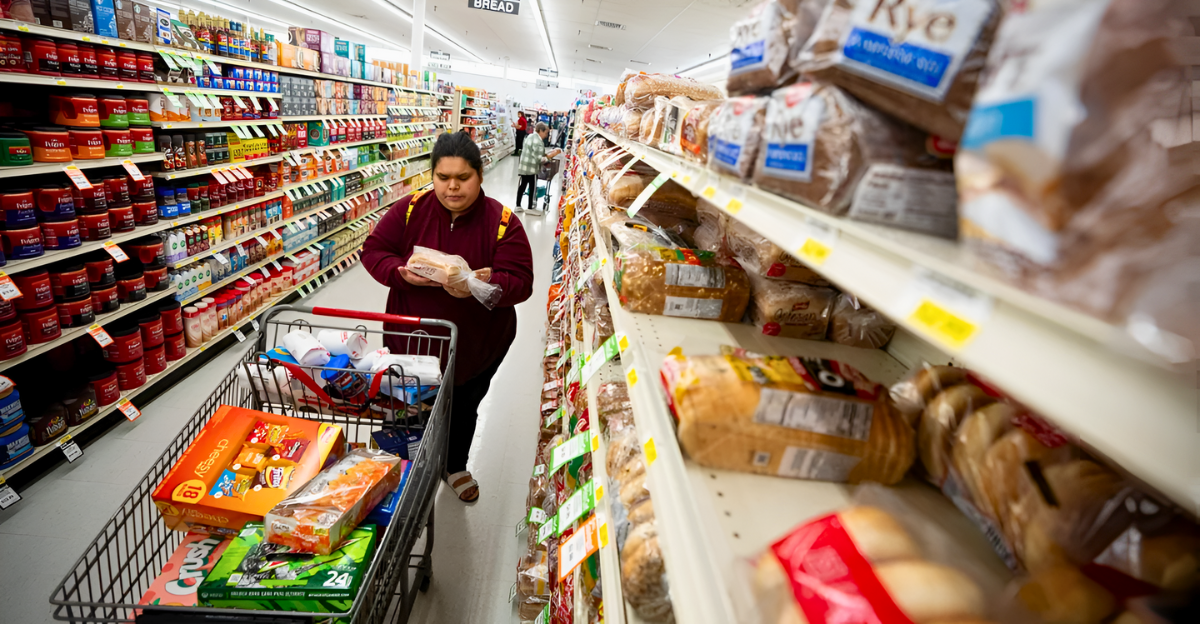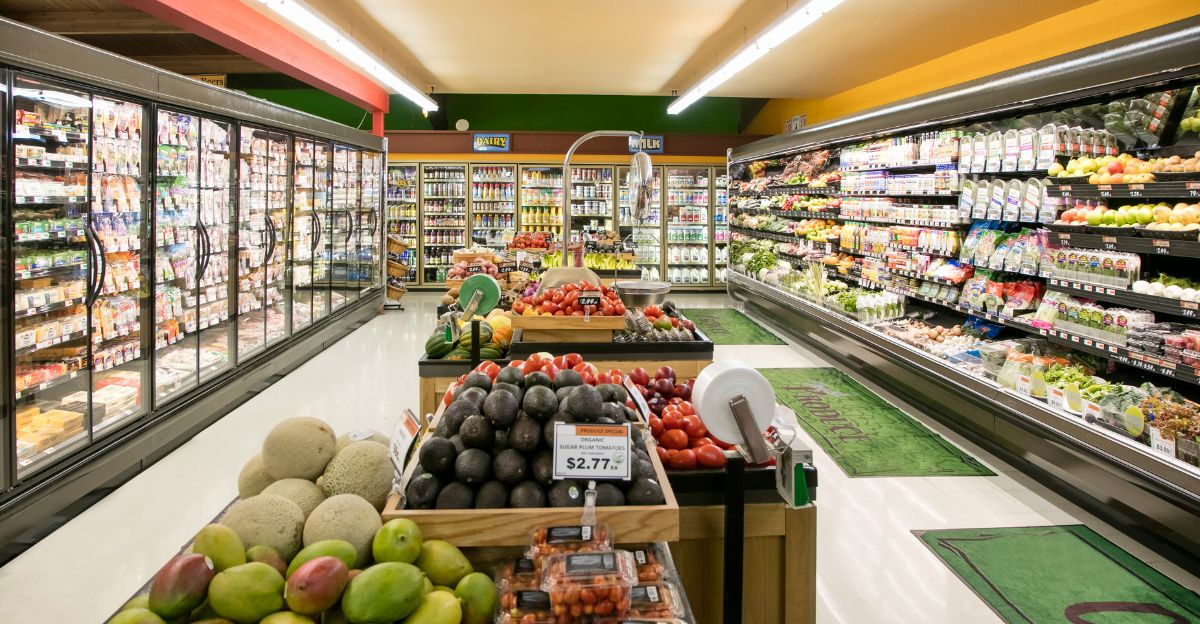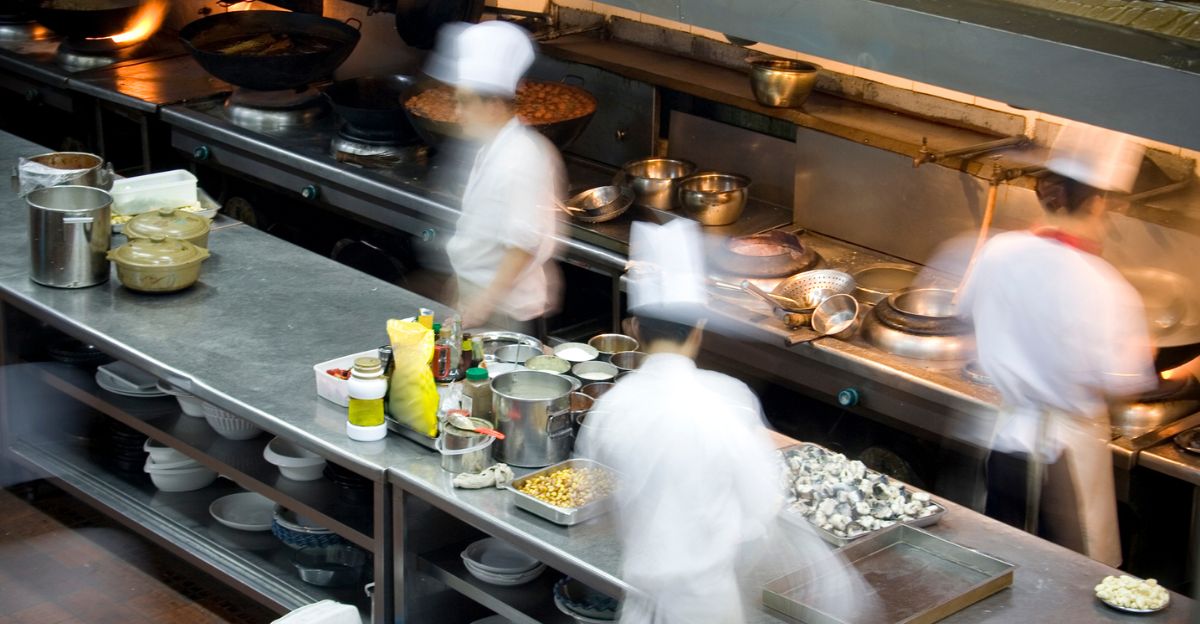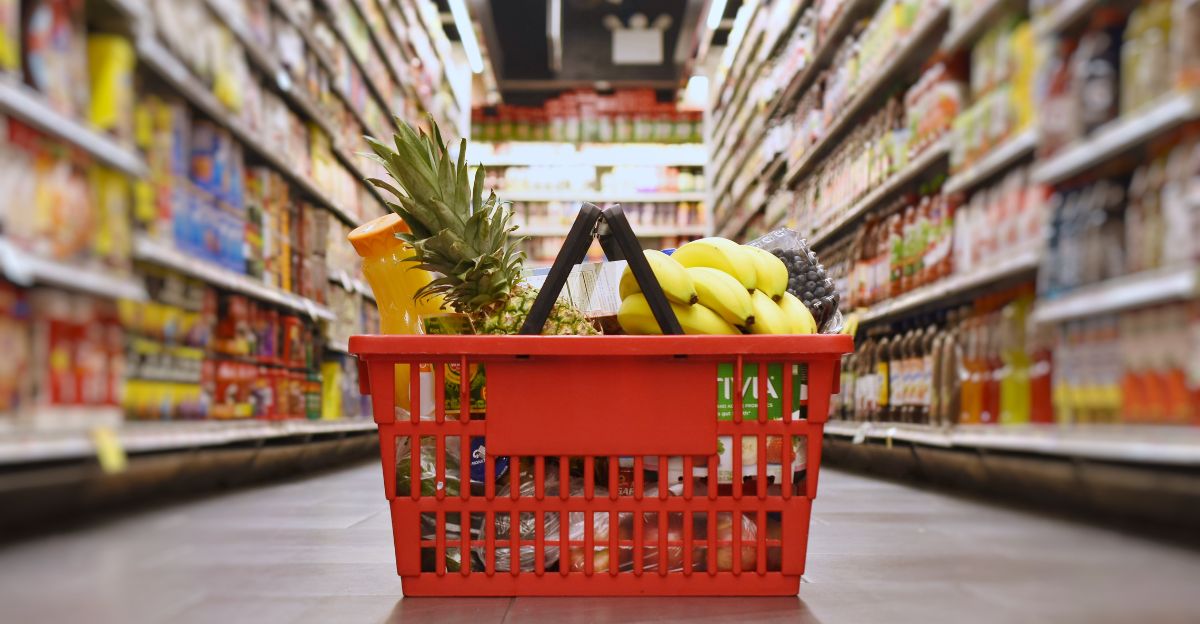
According to The Street, new tariffs on essential cooking ingredients are about to hit American grocery bills. The impact will reach far beyond higher prices at the checkout. Due to recent trade policy changes, items like olive oil, rice, spices, and canned tomatoes are facing supply and cost disruptions.
However, this problem stretches far beyond American pantries. The effects of this policy shift could change the way we shop, cook, and eat out, and influence the global food market in the coming months.
Why It’s Happening

But why is this happening? According to the U.S. Department of Agriculture, about 85% of the food Americans eat is grown in America, but that’s not the case for all foods, especially spices and olive oil.
Ongoing trade disputes and retaliatory tariffs have driven up import duties on a variety of food products. While the U.S. government says that these measures are meant to protect local producers and gain leverage in international negotiations, they’re already triggering supply shortages and price hikes.
As major exporting countries strike back with their own tariffs,the ripple effects are beginning to spread, affecting businesses and families that depend on affordable, diverse ingredients.
Grocery Store Changes

According to Food&Wine, the U.S. Department of Agriculture is expecting prices for groceries to keep rising, predicting a 2.2% increase in food-at-home costs for 2025. Shoppers may soon face higher prices, smaller packages, and fewer options on store shelves. Staples like olive oil, rice, and spices could see sharp price increases.
Some retailers have decided to cut back on imported brands and are switching to lower-quality alternatives to keep up, while others are reducing promotional discounts. For many people across America, grocery shopping is about to become far more expensive.
Restaurant and Fast Food Fallout

Many restaurants and fast-food places are already under pressure and are adjusting their menus and cutting back on portion sizes to manage soaring ingredient costs. The places that depend on imported goods, like pizza joints, salad bars, and ethnic restaurants, are especially hard-hit.
Many are currently raising menu prices and are swapping out ingredients, some spots might even stop offering popular items altogether. Because of this, diners might soon see higher bills and fewer options when eating.
Substitutes and Alternatives on the Rise

The need for domestic and alternative products is rising, as imported ingredients become more expensive. Consumers and businesses are looking to U.S.-grown substitutes or experimenting with less traditional options.
Unfortunately, domestic producers might not be able to keep up with this sudden spike in demand, potentially causing more shortages and price increases. Even plant-based and specialty foods could be impacted as supply chains adapt and new bottlenecks develop in response to changing consumer habits.
Global Trade Impacts

While some U.S. importers are scrambling to find new suppliers in countries that are not affected by these new tariffs, others are renegotiating contracts or cutting back on orders. This is disrupting international trade patterns, with some foreign producers losing access to the lucrative U.S. market and others stepping in to fill the gap.
These changes carry wider consequences for global food prices, agricultural exports, and the economic ties between major trading partners.
Farmers and Suppliers Sound the Alarm

Some farmers and suppliers in the U.S. are benefiting in the short term from reduced competition, but many warn about long-term risks. Supply chain disruptions, retaliatory tariffs on American goods, and rising input costs could end up harming the wider agricultural industry.
Industry groups have also warned that these challenges could result in job losses, reduced investment, and less innovation, which would create problems for producers and consumers beyond the current tariff disputes.
Political and Policy Moves

Lawmakers and industry groups are putting pressure on Washington to address the fallout. Demands for emergency subsidies, tariff relief, and renewed trade negotiations are growing.
While some officials are pushing for targeted support for affected businesses and families, others are advocating for broader international agreements to stabilize prices. How the government responds will play a huge role in how quickly and smoothly the food industry and consumers can adjust to these changes.
Consumer Advice

But what can you do? Consumers should now consider stocking up on staples with long shelf lives before prices increase further. Shoppers could also try domestic or alternative brands and experiment with recipes that rely on ingredients that are less affected by tariffs.
Look out for sales and buy in bulk when you can. It is also important to stay flexible and informed about substitutions, which can stretch your grocery budget.
Trade Tensions

These new tariffs could end up affecting every aisle in the grocery store and every meal you eat. As trade tensions continue, you can expect changes in prices, product availability, and even the way you eat.
This ripple effect shows just how interconnected our food systems are and why it is so important to stay adaptable and informed in today’s world.
